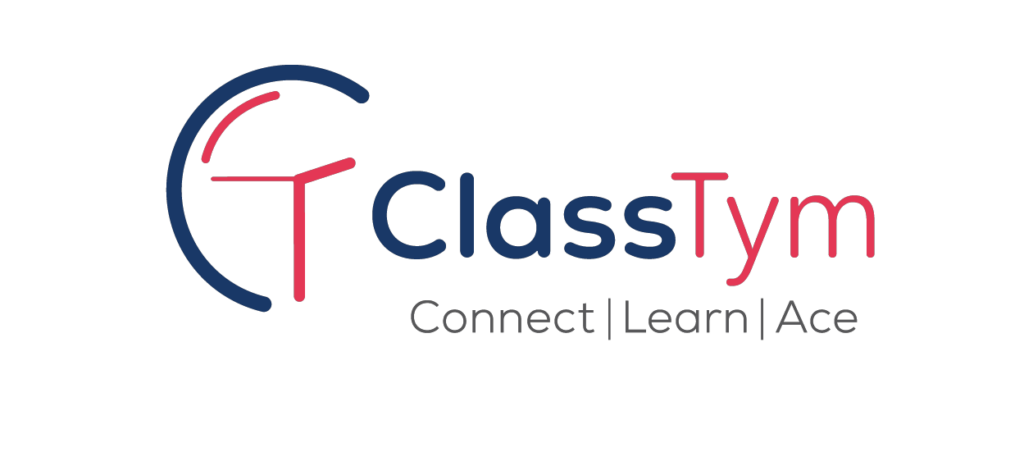Understanding Blockchain and Its Types
In our modern digital world, innovative ideas have given rise to incredible technologies that have reshaped industries and societies. One remarkable technology is blockchain, a special kind of tool that has the power to change how we purchase items, share information, and rely on one another. Initially linked to things like Bitcoin, blockchain’s capabilities now extend beyond, including altering how we handle money.Let’s explore a simple explanation of how blockchain operates and its different types. Recently, more people have noticed its value, as it makes business processes safer, fairer, and more transparent. This blog will dive into the basics of blockchain and its many forms.
What is Blockchain?
The term “blockchain” comes from blocks of data linked in chronological order, forming a chain. Each block holds transactions, timestamp, and unique hash. The previous block’s hash connects all, making tampering tough. Blockchain tech started in a 2008 whitepaper by Satoshi Nakamoto, underpinning Bitcoin. In 2009, Bitcoin launched, practically using blockchain for secure, transparent transaction recording. Blockchain’s essence lies in distributed, unchangeable ledgers across nodes. Unlike central databases, it’s decentralized, ensuring transparency and trust without intermediaries.

Types of Blockchain
Public Blockchain:
Public blockchains are open to anyone and operate in a completely decentralized manner. Anyone can join the network, participate in transaction validation (also known as mining), and access the data stored on the blockchain. Bitcoin is the most well-known example of a public blockchain. It offers complete transparency, immutability, and security but may face scalability issues due to the extensive computational power required for mining.
- Here are some examples for Public Blockchain: Bitcoin (BTC), Ethereum (ETH), Dogecoin (DOGE), Tezos (XTZ), Binance Coin (BNB).
Private Blockchain:
Contrary to public blockchains, private blockchains are restricted to a specific group of participants. These networks are often used by businesses or organizations to enhance their internal processes and maintain control over who can access and validate transactions. Private blockchains sacrifice some degree of decentralization for increased privacy and scalability. They are suitable for applications that require a high level of confidentiality and permissioned access.
- Here are some examples for Private Blockchain: Hyperledger Fabric, JP Morgan’s Quorum, MultiChain, IBM Blockchain Platform.
Consortium (Federated) Blockchain:
Consortium blockchains are a hybrid between public and private blockchains. They involve a group of pre-selected participants, such as multiple organizations within an industry, forming a network where each participant operates a node. Consortium blockchains offer a balance between the openness of public blockchains and the control of private blockchains. They are suitable for industries where collaboration and sharing information while maintaining some level of control are essential.
- Here are some examples for Consortium (Federated) Blockchain: Supply Chain Management, Healthcare, Intellectual Property, Government Services, Financial Services.
Hybrid Blockchain:
Hybrid blockchains combine the characteristics of different types of blockchains. They may connect a public blockchain with a private one, allowing certain data to be stored publicly while other data remains private. This approach offers flexibility and can be particularly useful for projects that require both transparency and confidentiality.
- Here are some examples for Hybrid Blockchain:DragonChain, Aergo, VeChain, Quorum, Corda Settler.
Blockchain technology has the potential to transform various industries by providing a secure, transparent, and efficient way to record transactions. Different types of blockchains cater to diverse needs, ranging from fully decentralized public networks to controlled private and consortium setups. As the technology continues to evolve, its applications are likely to expand, ushering in a new era of innovation and collaboration. This also opens up a new career industry with promising opportunities.
At ClassTym, our skilled educators provide specialized Blockchain courses, offering both personalized one-on-one and group classes for your convenience. Our expert guidance nurtures your career aspirations, encompassing career exploration, skill and strength assessment, and a personalized roadmap to attain your goals.
Embark on your learning journey with ClassTym.
Register now to get started!
Also Read – Top 5 Tips To Prepare For a Job Interview
